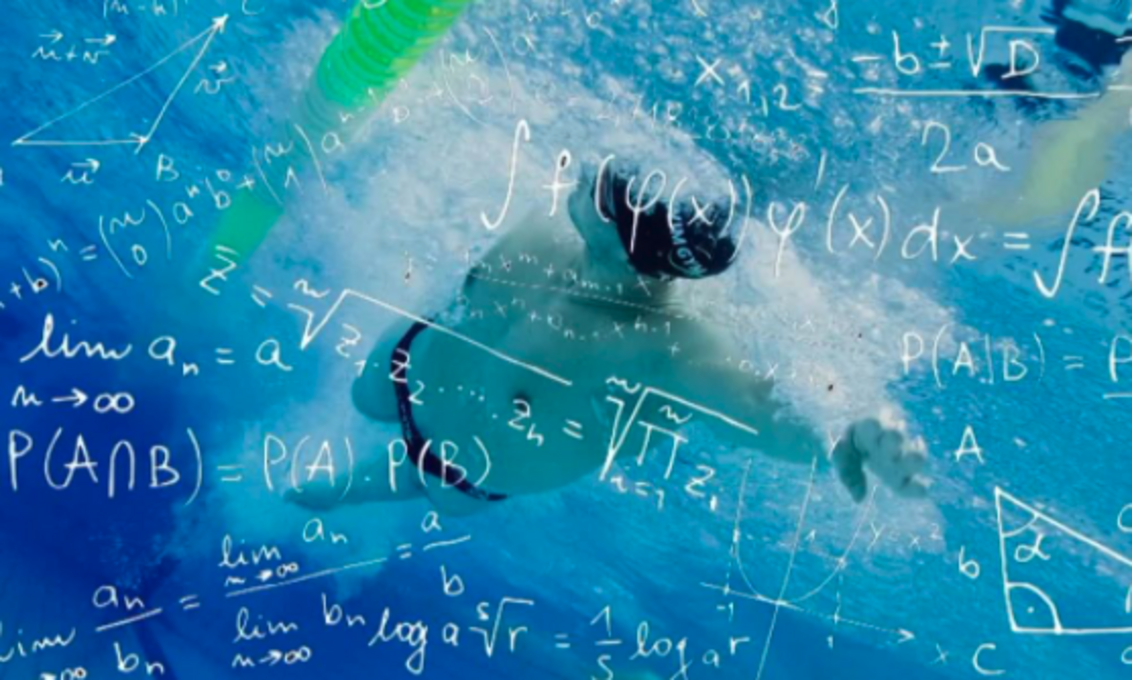Swimming blog - TRAINING The fastest way to improve your swimming
You invest a lot of time, money and effort in improving your swimming, but if you are not including video analysis in your swimming routine, that investment could be for nothing. Analysing your stroke through video is the fastest way to improve your stroke and get the most out of your effort and time. In the past there has been very limited access to this world class tool. SwimGym is a pioneer in its use, not only on the deck, but also online. Below we outline why video analysis is so important for your swimming and the steps you can take to get an analysis done affordably.
Why video analysis works?
The power of video analysis is that you see yourself swim.
It works because it identifies the most important things you should work on to improve your stroke. These things are not arbitrary but specific and actionable. An analysis will prioritise the focus points to get faster results. With the improvement in technology it is now easier to get access to an affordable professional analysis.
Video analysis works because it provides a frame of reference. This is how you swim and this is how Michael Phelps swims, see the difference? It is not conjecture or opinion, but plane to see. It documents your swim journey if done regularly. It is a roadmap of where you started and where you are now. It can be a source of pride and huge motivation.
Video analysis works because we become the critical eye on ourselves. You learn to see yourself on screen as a swimmer and hence you can look at what you see more objectively. The coach’s eye and the swimmer’s eye become one.
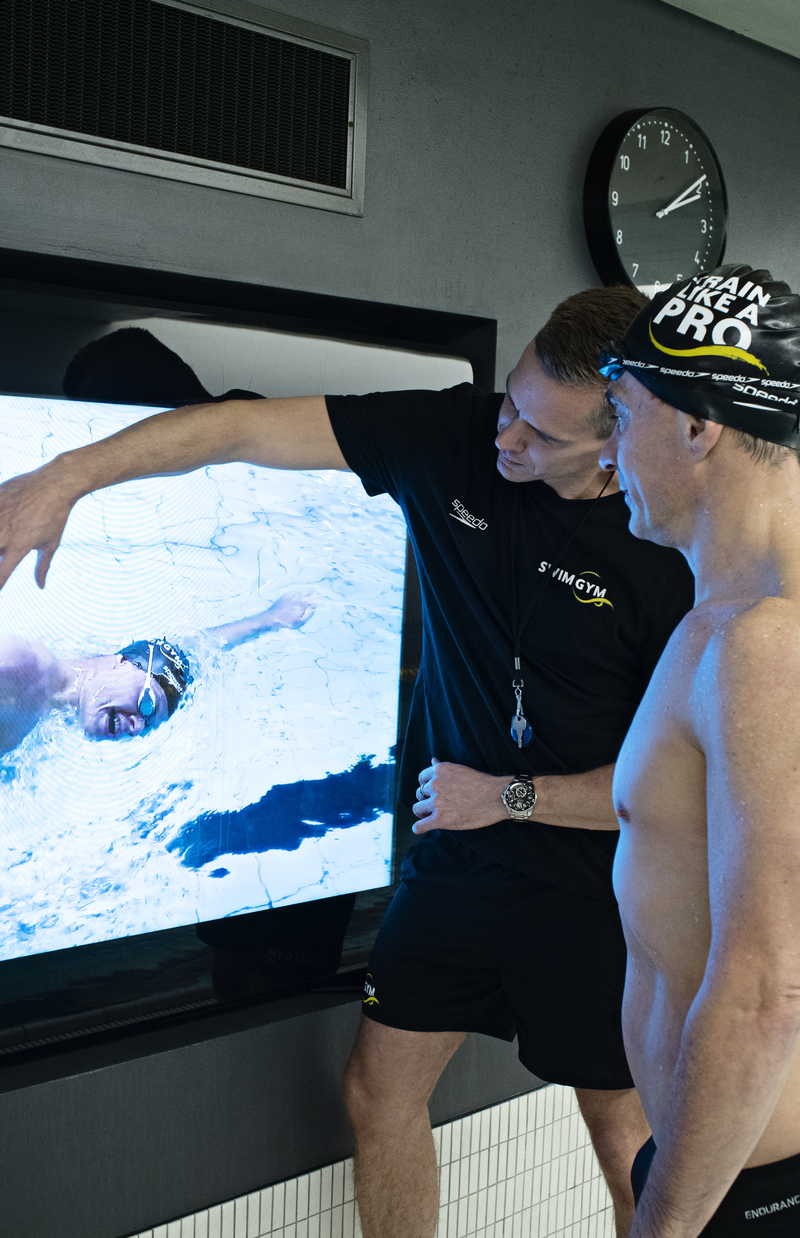
What will you see? REALITY
The quickest way to change your stroke is to get real. And to get real, you need to see what you are actually doing in the water. Thinking that you swim like Katinka Hosszu or Michael Phelps is not helpful when the reality is different. How can you see that reality? Video It.
“I don’t like seeing myself on camera or video,” Is a common hurdle for people. Yes, it is confronting to see yourself swim, no need to tell us about that. But it is necessary, because how we think we swim and how we actually swim is very different. This difference comes from the brain’s incredible ability to make our crazy feel normal.
Coach may tell you time and again about your thumb led hand entry or the cross over at the front of your stroke. Coach explains how to fix it, yet according to coach you are still doing it. You feel that you are doing what coach is telling you to do and it’s frustrating. Thank you, brain. Here lies the problem: strong cognitive bias and neuromuscular programming.
However, when you see yourself swim on video there is no denying the facts. The reality is there before you. You, in fact, do not swim as you have believed. For example, it is plane to see that you have a cross over or thumb led hand entry. It is there on the screen. Your brain can no longer continue to believe that what feels normal is technically right. This aids in changing the stroke more swiftly.
Seeing is believing.
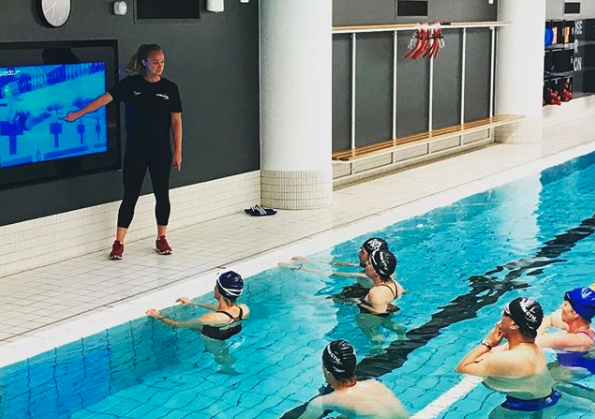
Why words aren’t pictures? Having it explained can be lost in translation.
Telling you about what to focus on as a swimmer is not the same as showing you. Coaches know that words get lost in translation. Coaches are very good at articulating the complicated aspects of swimming. They have had enough practice. That practice of putting difficult concepts into words comes at a price. Not everyone understands what is being said.
Not only is there lots of noise in a swimming pool and your heart is beating hard from the swimming, but coach is trying to tell you something that is incomprehensible. It might be something simple as bend your elbow or enter the water with fingertips first.
In a real sense, words aren’t pictures, but video is. Video can be used to clearly demonstrate an issue or focus point just by pointing to the screen and saying, “look!” Video allows coaches to communicate very easily with a swimmer and the swimmer with the coach.
It takes more mental effort to visualize and think about the words from a coach when those words come in a language that is not your mother tongue or a different cultural filter. Video strips all that away and the word, “look” says it all.
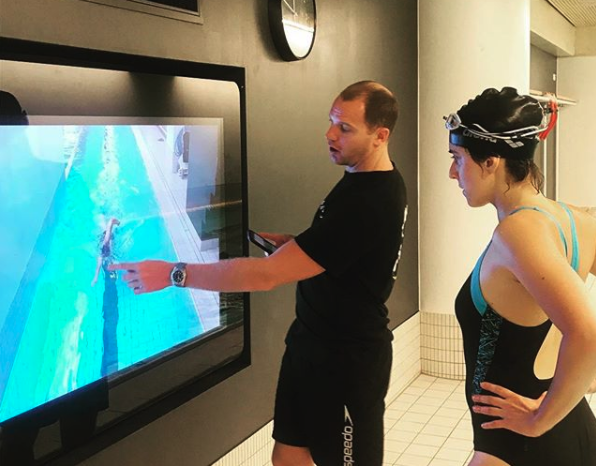
How can I have my stroke analysed? Personal Training or the Analyser Tool
After reading this you are understandably enthusiastic to get your stroke analysed as soon as possible. How can you do this and is it affordable?
You can get a stroke analysis done in two ways. One way is to book a Personal Training session at our SwimGym pool in Amsterdam, and come down to the pool in Amsterdam. Here one of our professional coaches will video you from head to toe and analyse your stroke. You will be able to see yourself on the big screen within minutes of filming. You will then get a detailed analysis with drills and skills to take home to get you started on your new you. There is no other experience like it.
Alternatively, if you don’t live close enough to come to the Amsterdam pool itself, you can use our Analyser Tool online at SwimGym.com. All you need to do is get a friend to video your swimming, and upload it to the Analyser Tool. In a unique way, nothing like what you’ve seen before, our professional coaches will analyse the footage. They will provide you with feedback, focus points, quick fixes, drills, skills and more.
And yes, it is affordable. Modern technology has put this incredible experience within reach of every swimmer.
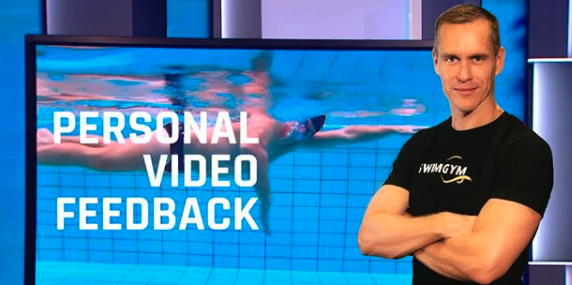
We hope to welcome you on deck or online to show you how you swim and what’s possible.
Written by Michael Stolt
